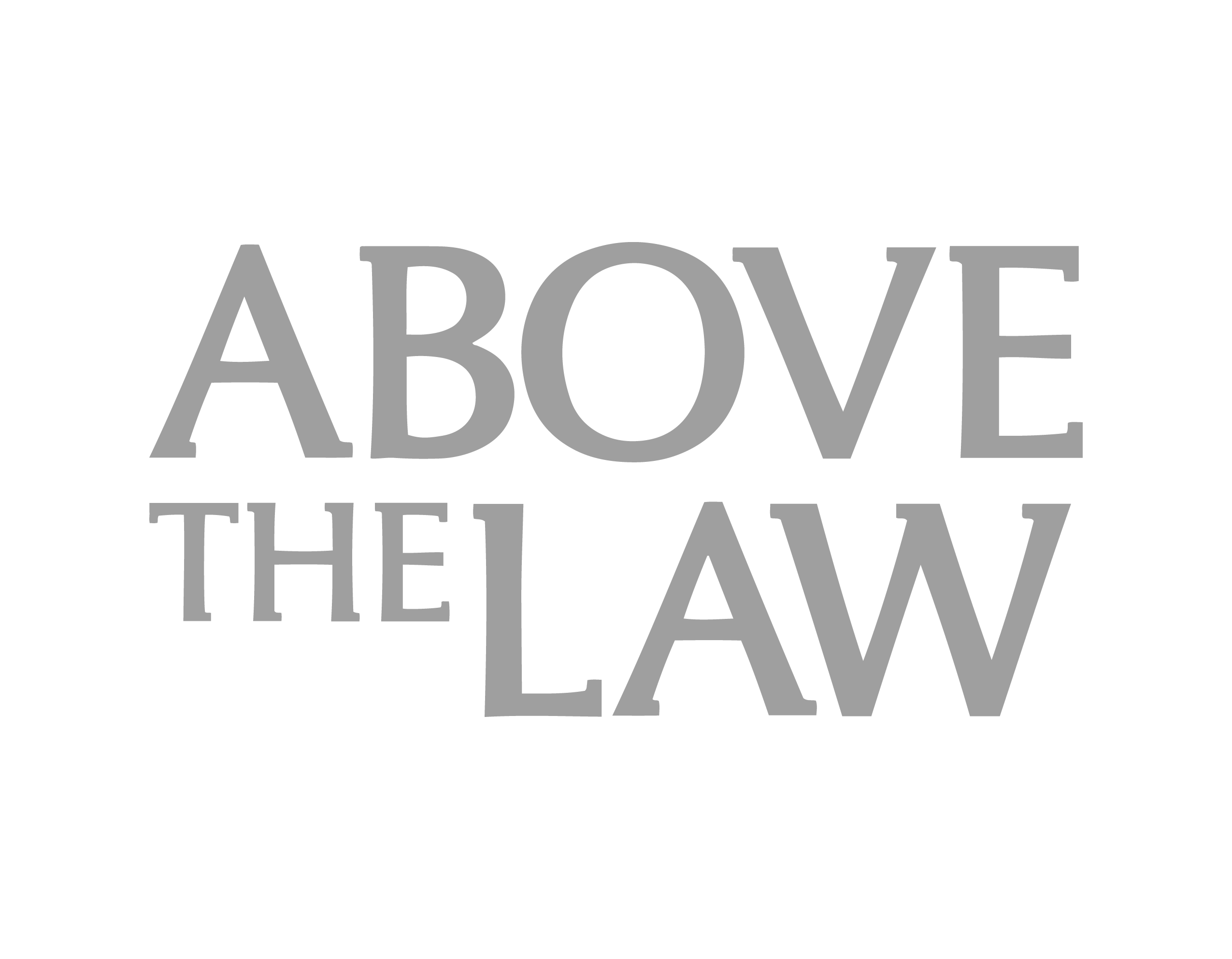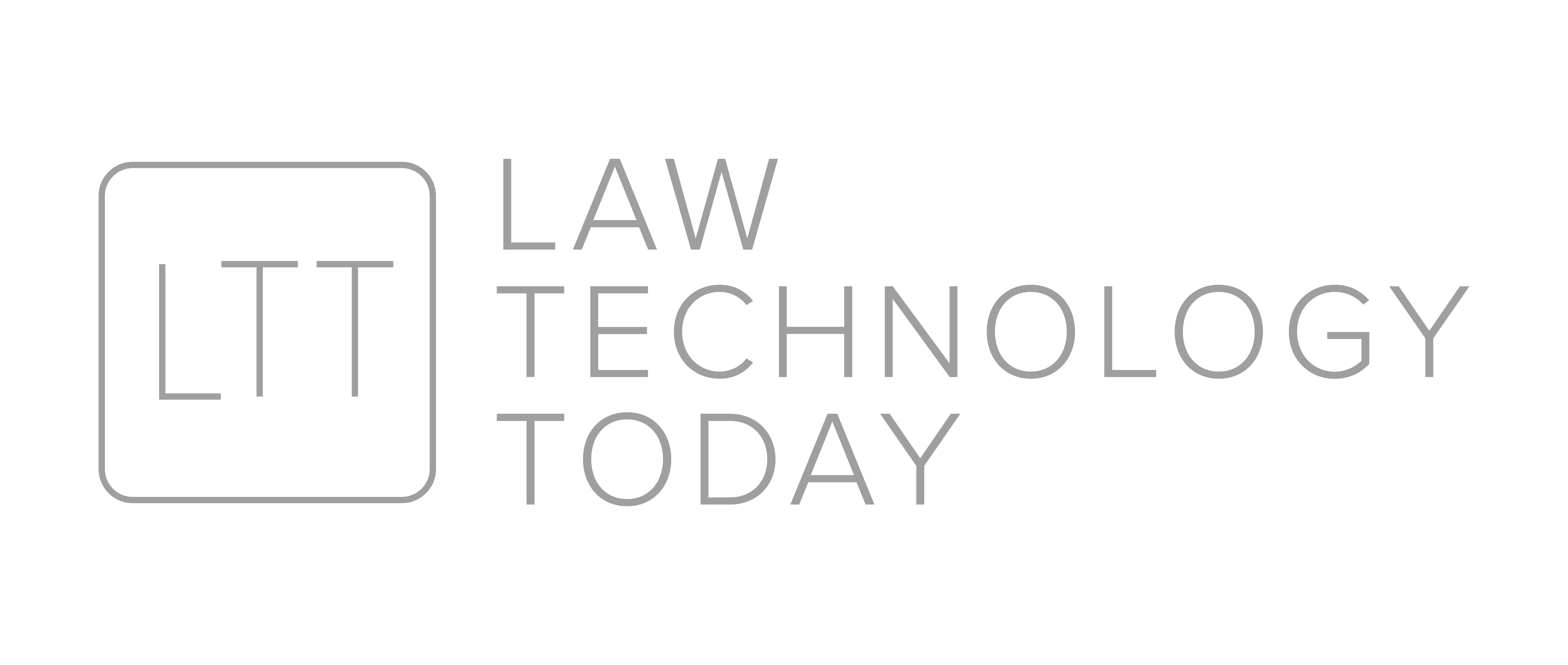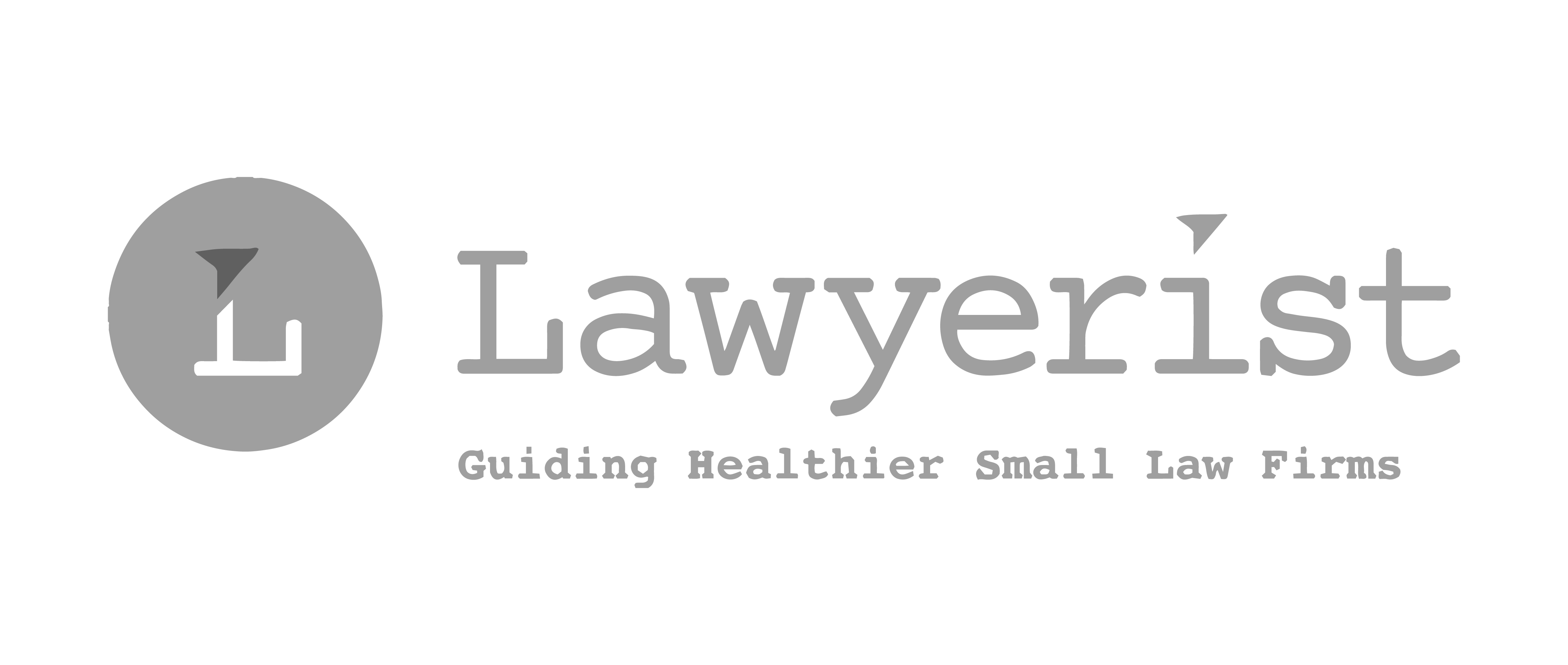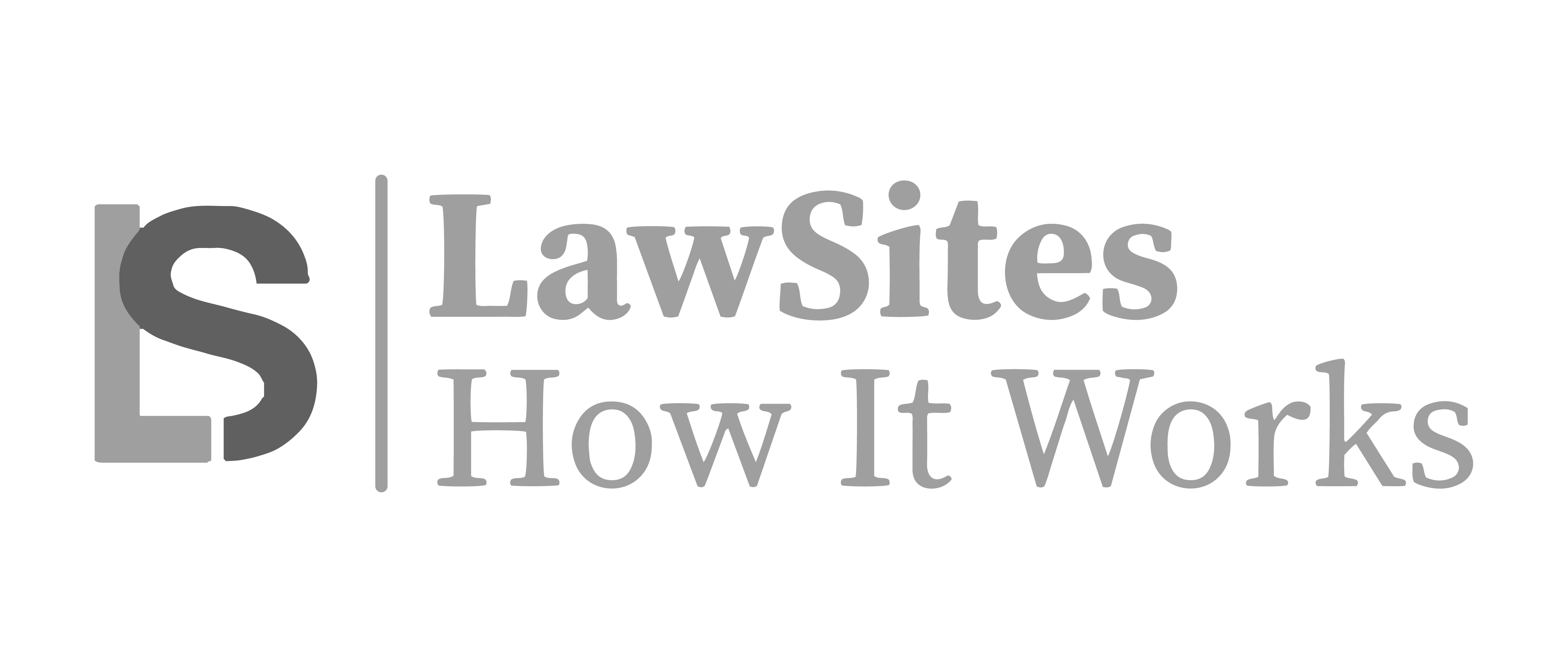Four Trends Shaping the Legal Profession

We are living in a time of major transformation. While technology and access to data are influencing many aspects of our lives, such as how we do business, how we shop, and how our children learn, a shift in priorities and mindset are also at play in 2018 and driving significant change. This holds true for the legal industry as well. Let’s take a look at the following four trends are reshaping the profession:
Alternative billing models
The traditional billable hours model has been an increasingly sore spot for clients. Critics complain that it rewards inefficiency. That’s part of the reason why many firms today provide alternative, lower-cost, and more efficient billing models such as flat fees, contingency fees, payment plans, and recurring billing. And, in fairness, this reflects the ongoing evolution of the industry. With the increasing use of artificial intelligence in the industry, what once took many hours of detailed research might now only take a few minutes. According to Pittsburgh attorney and writer Sally Kane, in order to cultivate long-term relationships and maximize value, “more law firms are embracing alternative billing as a way to meet the needs of cost-conscious clients.” For more detailed information, download this free eBook: Beyond The Billable Hour: A Practical Guide to Alternative Fee Arrangements.
Online communities
Community has always been key for lawyers—it’s how lawyers find clients and experts, share insights, and support one another. Of course, a proliferation of lawyer communities can be found on LinkedIn, Facebook, and Twitter. Now there’s also LawyerSmack, formerly known as LawyerSlack, one of the newer kids on the block. It offers members—who span the entire spectrum of the legal industry— an active discussion forum with over 100 channels dedicated to legal topics such as Criminal, Domestic, FRCP, In-House, Intellectual Property, Finance, Solo/Small Firm, and many more. According to founder Keith Lee, there is a significant amount of mentoring taking place with discussions around how to approach a certain type of case, how to handle depos and interviews, and more. He adds, “Lawyers share documents, motions, and pleadings and referrals between lawyers happen almost on a weekly basis.”
The rise of virtual and augmented-reality technology
As virtual and augmented-reality devices continue to develop toward widespread adoption (hello, Winter Olympics!), it should be no surprise that these technologies are infiltrating the legal profession, too. According to Mitch Jackson, a trial lawyer in California, it’s perfectly reasonable for judges, jurors, lawyers, and witnesses to participate in a trial through virtual reality (VR). A witness could testify from hundreds or thousands of miles away, but VR makes the jurors feel like they’re right there in the courtroom. Likewise, jurors could deliberate with each other as if they’re in the same room, even if they, too, are in various locations.
Prioritization of well-being
The health and well-being of lawyers has been subject to scrutiny in recent years, and deservedly so, according to data from groundbreaking studies and reports. As we just covered in our five-part depression series, a 2016 American Bar Association (ABA) and Hazelden Betty Ford Foundation study found that 28 percent of licensed, employed lawyers suffer depression; 19 percent demonstrate symptoms of anxiety; and 21 percent qualify as problem drinkers. This is such a prevalent issue, that the ABA Law Student Division declared March 28th to be the official National Mental Health Day for law schools across the country.
Concern and interest around lawyers’ well-being began to build due to these startling revelations and particularly after the publication of The Path to Lawyer Well-Being: Practical Recommendations for Positive Change, a 72-page report by the National Task Force on Lawyer Well-Being that outlines recommendations around what needs to be done in order to address and improve lawyers’ well-being. The topic has gained traction in law firms and on February 5th, the American Bar Association’s House of Delegates adopted a resolution “urging bar associations, law schools, lawyer licensing agencies, and legal employers to step up efforts to help attorneys with mental health and substance abuse issues.” Patrick Krill, co-author of the ABA-Hazelden study calls the resolution a step “in the right direction” towards driving long-term culture change.
More attention around work-life balance also reflects a change in mindset towards lawyer’s well-being. Firms are starting to offer telecommuting, flex-time, phased retirement, part-time work, and other schedule options to help lawyers achieve better balance.
Kristin Johnson is an executive and corporate communications professional, and founder of KSJ Communications, a communications and public relations firm. She consults with a diverse roster of clients spanning the technology, professional services, financial services, public sector, consumer, and healthcare industries. In addition to Rocket Matter, Johnson writes for various other publications as well.
Share post:








